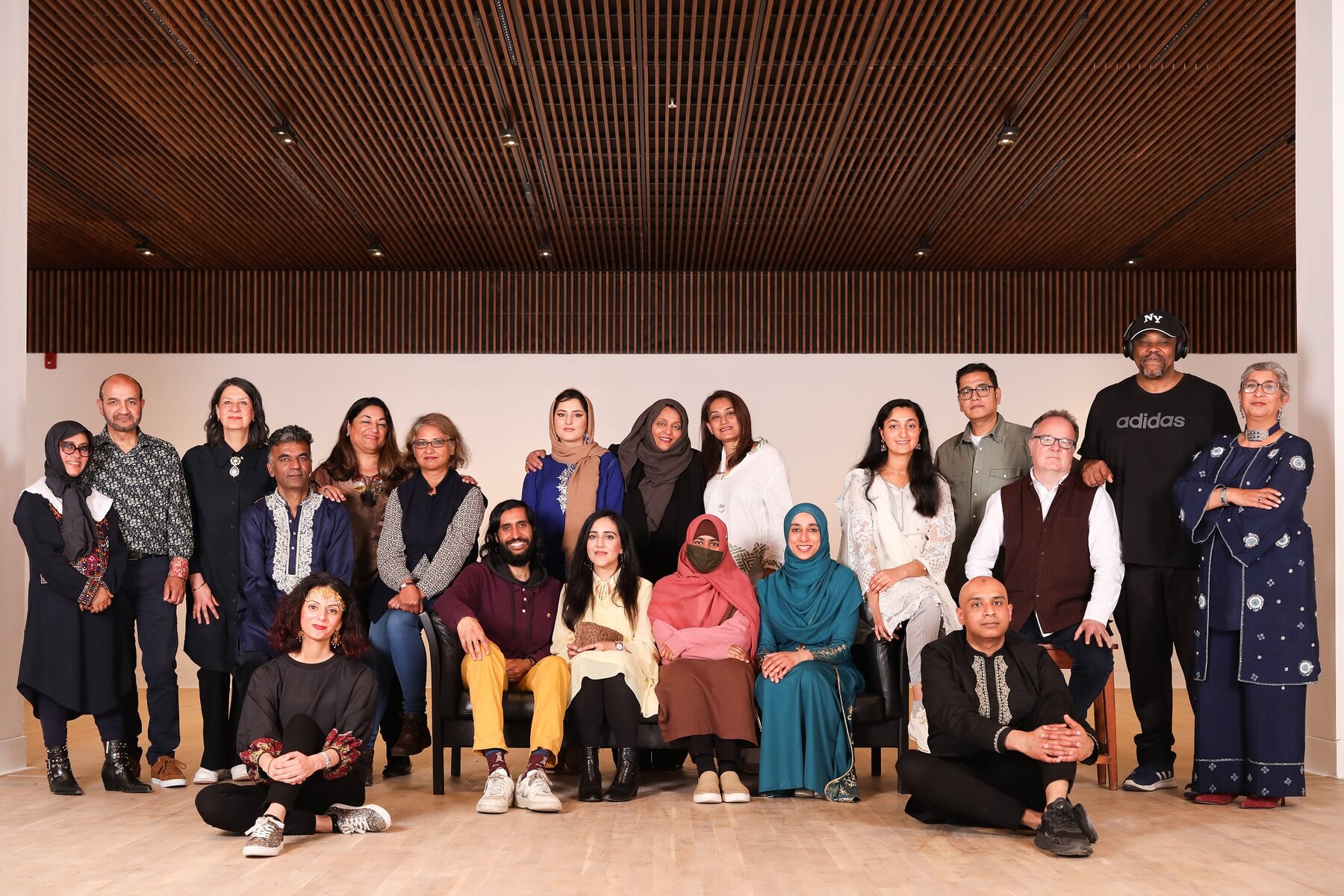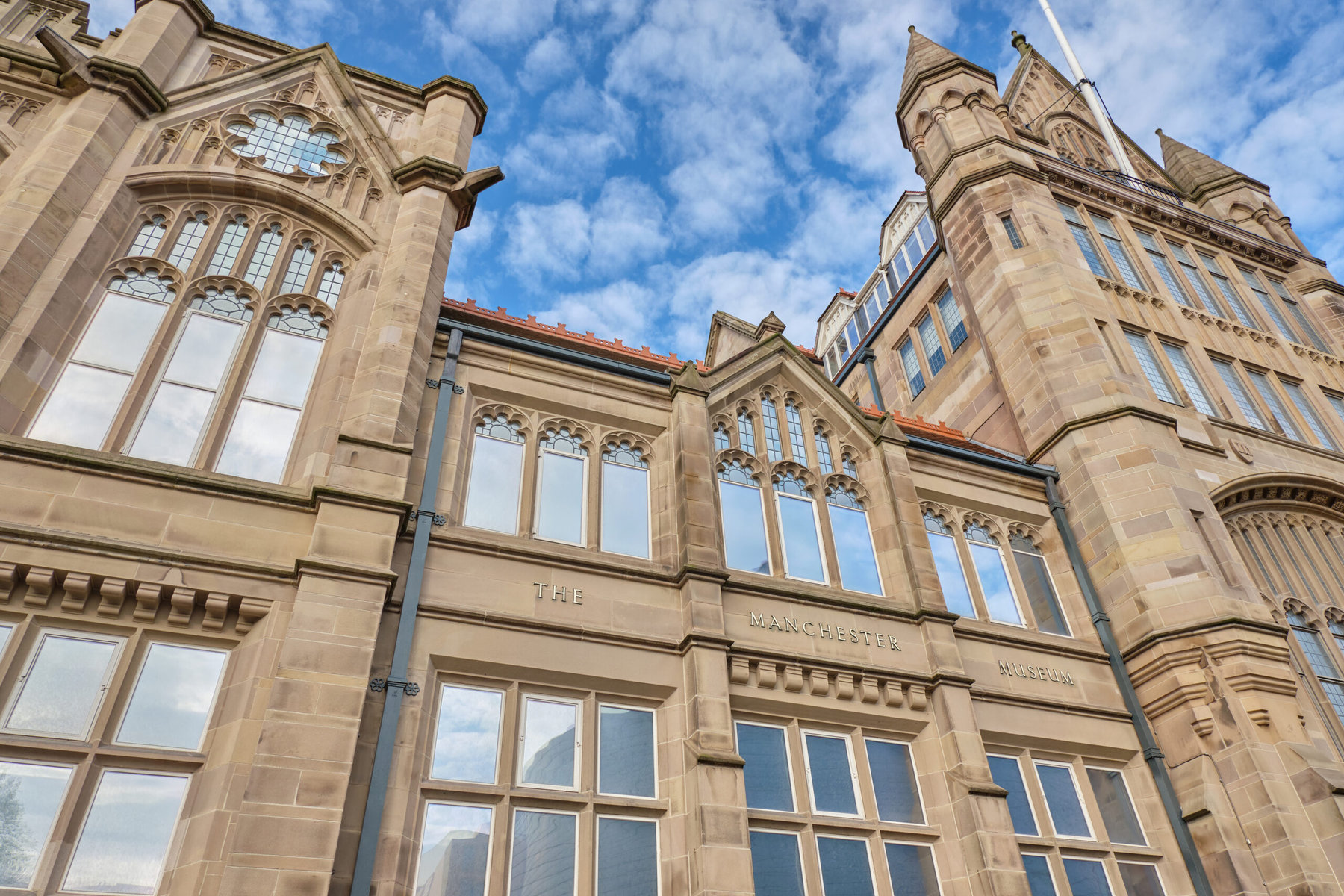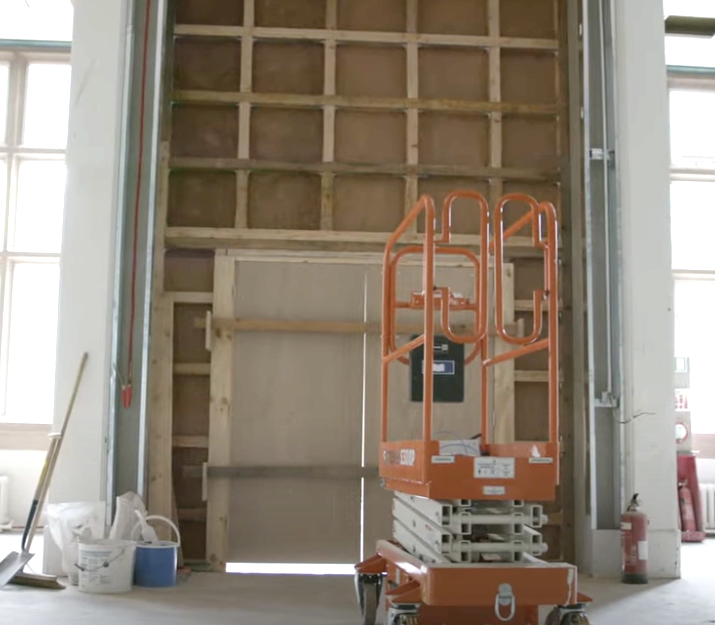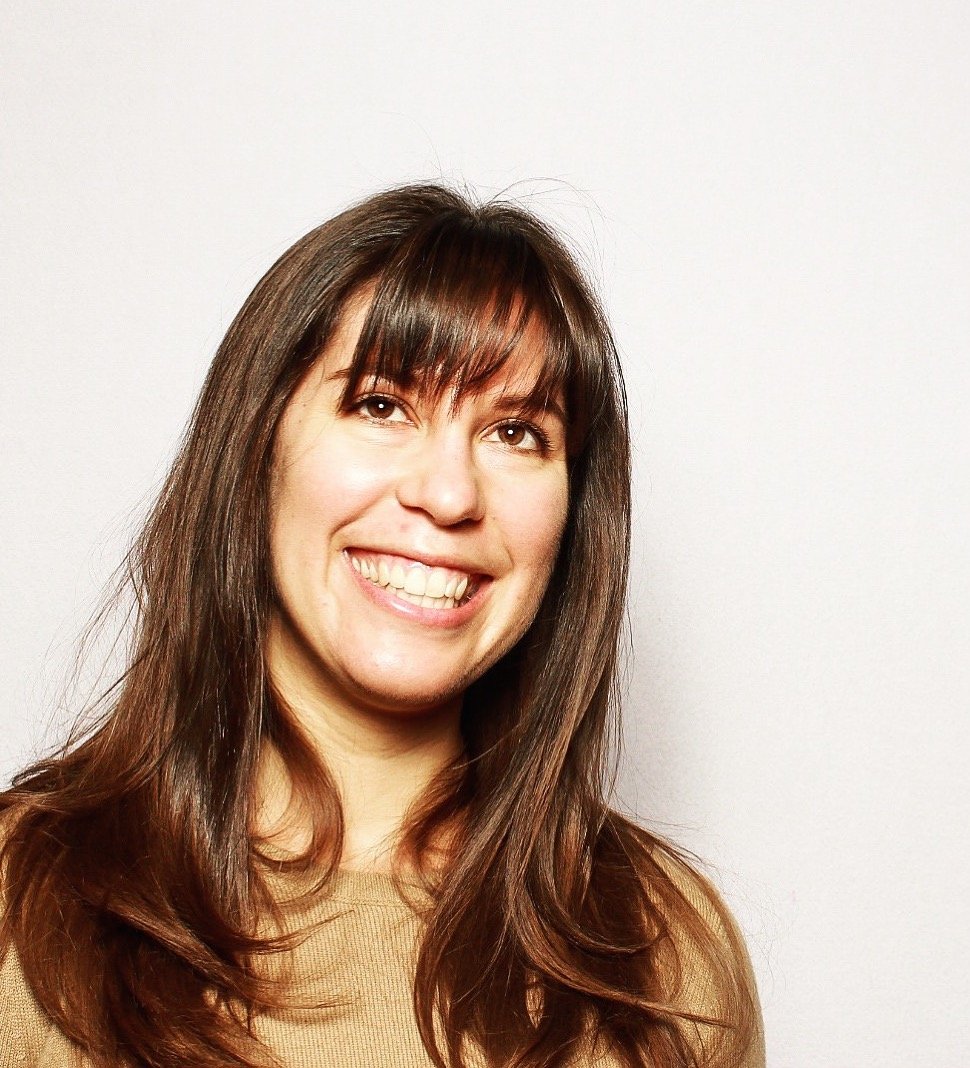When Saira Qureshi heard that the Manchester Museum was looking for members of the city’s South Asian community to curate a new gallery, she knew immediately that she wanted to be involved.
Qureshi isn’t an artist or a museum curator — she’s a nonprofit volunteer who was born in Karachi, Pakistan and grew up in the UK — but that was the point. The museum staff formed a 30-member community collective of educators, students, musicians and more to get their input on which works would be displayed and what stories would be told in the new South Asia gallery that opens February 18 as part of a multimillion-pound renovation.
The pieces displayed in many museums come from colonial-era collecting. Further, in England today, only about six percent of museum staff identify as Black, Asian or ethnically diverse — and the visitorship is nearly as overwhelmingly white.
In response, some museums have turned to community-led curation. At the British Museum, the Object Journeys project seeks input from Somali, South Asian and Kiribati communities. Chicago’s Field Museum brought in an Apsáalooke woman as a guest curator for its traveling exhibit Apsáalooke Women and Warriors.

But the Manchester Museum project stands out for the size of the gallery, the permanence of the co-curated space, and the sheer number of community members who took part in all aspects of decision-making.
“It puts a stamp on our existence here,” Qureshi says of the new space’s focus on Manchester’s South Asian diaspora.
The South Asian community in Greater Manchester is one of the largest in the UK, representing more than 20 percent of the population. It’s also one of the longest-established, with some families tracing their history in the region back five generations. Many are from India and Pakistan, countries directly impacted by British rule.
The curators, officially called the South Asia Gallery Collective, worked collaboratively for nearly five years. Members brought personal stories and their own lived experience to the work, from sourcing objects to writing accompanying text, and were paid for their involvement.
Crushed by negative news?
Sign up for the Reasons to be Cheerful newsletter.They had input on the design of the gallery, too, down to where cases would be placed, the style of flooring, and the mustard yellow paint on the walls.
“I think the biggest success is that [the community members] were there at the beginning,” says South Asia Curator Nusrat Ahmed, who was hired to the staff role after being part of the Collective. “They weren’t brought in after a seed was already sown. They were there to shape the gallery from start to finish.”
Centering community members is especially resonant in the context of museum pieces that were taken without consent centuries ago — and have not always been presented with the object’s whole story. This was top of mind for both Ahmed and Sushma Jansari, the South Asia Curator at the British Museum, who led the curation process and worked with the Manchester Museum to loan objects.
“I’m not a person that visited galleries and museums and other art heritage sites, because I couldn’t see myself represented in them,” Ahmed says. “For me it’s been a very personal journey because this South Asia gallery will give future generations the opportunity to see themselves being represented in the stories and the objects.”
The Collective could opt to choose items from the Manchester Museum or the British Museum (and other partner institutions) to present in their context. The work on loan includes a 7,000-year-old brick from the Indus Valley and a Cartier brooch featuring a Mughal empire emerald.

“Previously your story was told by an outsider,” Qureshi says. “But now you are telling your stories yourselves. You are seeing it from the inside.”
Qureshi wanted to inspire future generations, so she curated narratives of innovators and scientists like Anna Mani, an Indian physicist and meteorologist who invented hundreds of tools and gadgets, including the ozonesonde that measures atmospheric ozone.
“My drive was to say, look, this is not just the world of one group of people, the elite,” she says. “This is a passion and anyone can do it. Anyone can make that journey.”
Jansari sees a marked difference between the new gallery and others in the museum. “In the traditional gallery, you focus on the particular object, the date, the material. But this is more about how people see history, how people see each other, how people see themselves here in the UK as part of the South Asian diaspora — and also how they want to present themselves and their history and their experiences and their thoughts about these different stories and objects,” Jansari says.
During initial conversations about the themes the gallery would touch on, Collective member Kirit Patel immediately noticed something missing: There was no mention of sexual orientation. He came out in London in the ’80s and spent the following decade working with a sexual health organization and developing support services for Black and Asian gay men in Manchester.
“I refuse to allow other people to experience what I experienced as a young South Asian person being gay,” Patel says. “It would be a missed opportunity to not present our stories as equal to others.”
The history of queer spaces, specifically spaces for people of color, isn’t well documented in an organized or centralized way, Patel says. He selected flyers, newspaper articles and postcards from his personal archive to create a bulletin board representative of the South Asian queer community from the late ’90s onward. The display is paired with short recordings of conversations with community members about what it means to be gay and South Asian and their own coming out stories.
Collective member Nazma Noor knew early on she wanted her contribution to the gallery to be an exploration of jewels — both a celebration of their beauty but also a pointed questioning of how they ended up in current ownership and who now has access to appreciate them.
The object that she landed on to tell this story is the emerald Cartier brooch that is part of the British Museum’s collection. On its catalog page, the brooch is identified as an item from the 1930s, “but that gem has had a life long before it was in that Cartier broach,” Noor says. It is presented alongside stories from Gandhi’s visit to the nearby town of Darwin in the same decade and narratives about female leaders.
Early in the curation process, there were wide-ranging ideas of what to put on display, but ultimately there is a physical space limit.
“This isn’t an encyclopedia of South Asia,” Noor clarifies. “This is a gallery of collected stories from the community that we’ve chosen, that we think will be interesting.”
For Noor, the excitement of the finished gallery is creating a space where her niece and nephew — who she brought along to Collective meetings — can see themselves centered in the museum, not as outsiders.
“I do feel a personal sense of pride,” Noor says. “People are going to go to the museum and they’ll see that gem, and I’m the reason that it’s there. It could have been a completely different story, had my involvement not been here.”







